The Record and the Leak
So you're about to launch or share some big news with journalists — exciting! But how can you ensure you're saying everything you need to say and nothing that you shouldn't?Let's talk about being "on the record" and "off the record", what it means to share information "on background" and how and when you might consider "leaking" information.
Setting the record straight
When disseminating information, sources (that's you and any of your spokespeople) and press generally agree on how that information is shared and how it is attributed. Much of it is unspoken or assumed: if you've agreed to a briefing to a journalist, you can expect that everything you say can be made public as a quote by you. It's "on the record".In fact, as a general rule in life as well as in briefings, assume that anything you say can be attributed to you. If you wouldn't want it to be made public with quotes around it and your name and picture next to it, think twice about whether you want to say it. That said, there are ways to say what you want to say without it becoming public knowledge.Option one: "on background" or "not for attribution". This means that the things you say can be quoted or paraphrased, but journalists can't attribute them to you specifically. The quote might appear as something along the lines of, "...a person close to the CEO said." It's important to be up front with journalists about what level of attribution is acceptable, since some might leave little room for guessing. There may not be many VPs at a particular small startup, for example. Consider also that the journalist may talk to others in order to confirm the validity of your statement, which may inadvertently reveal your identity.Option two: "off the record". In an off-the-record conversation, the writer is expected to stop taking notes and turn off any recording devices. The point is to leave no record: nothing that they can refer back to in the future, either as a direct quote or even to paraphrase. In theory, no mention of this information will ever exist and its only purpose is to provide useful context.Two important things to remember:
You must get agreement from the journalist about whether the conversation is on the record or on background before you say something. If you say something then ask for "off the record" or "on background" afterward, it's up to the journalist to accept it.
None of this is legally binding. It behooves journalists to maintain relationships with sources rather than burn them. Nevertheless, journalists are not required to honor "off the record" or "on background" agreements. So remember that there will always be a risk of exposure.
Where's the leak?
Depending on which side of it you're on, there's nothing as tantalizing or frustrating than a leak. Leaks happen at every level and often the most fascinating leaks are those at the highest rungs of government and society.Technically, a news leak is the unauthorized release of confidential or sensitive information to news media, whether intentional or unintentional. It can also be the premature publication of information by a news outlet in violation of a news embargo (more on that another time).One common "leaky" tactic is to provide journalists information in advance of an official announcement, generally called a "pre-briefing". Setting these up a week or two before the news is planned to go out will enable journalists to cover the news in depth, versus scrambling when it hits. This is generally considered to be low-risk and part of a news embargo strategy.But not all leaks are low-risk and in many cases you're going to make enemies, especially if the leak can be traced back to you (remember: leaks are always "on background"). There are myriad risks, from personal reputation to prison sentence or worse.Sometimes those risks are worth it. Whistleblowers, for example, play a key role in exposing injustice.Other leaks are strategic, as a way of sharing information without issuing an official statement. Consider intentionally leaked internal memos from CEOs who are navigating a particularly dicey PR moment intended to help foment a desired positive perception of the CEO and how he or she is managing the crisis. Or the reverse: leaked internal memos of a competitor that helps to foment a desired negative perception.Leaking information about competitors is a risky game: it can be a useful tool for smearing a competitor, but it can also be perceived as an act of desperation and blow up in your face. As in life, gossip and trash-talking is rarely considered a virtue.Other leaks are used as a weathervane to gauge public interest in advance of an announcement. Called a "trial balloon", companies can leak information about upcoming product changes to see how the public reacts. For example, a company might leak plans for an upcoming change in corporate branding, product design, or corporate strategy and then decide, based on the reaction, whether to move forward.When considering leaking, always think through the goal: who it is intended for, what the audience is to make of it, and whether it is worth all of the associated risks.

